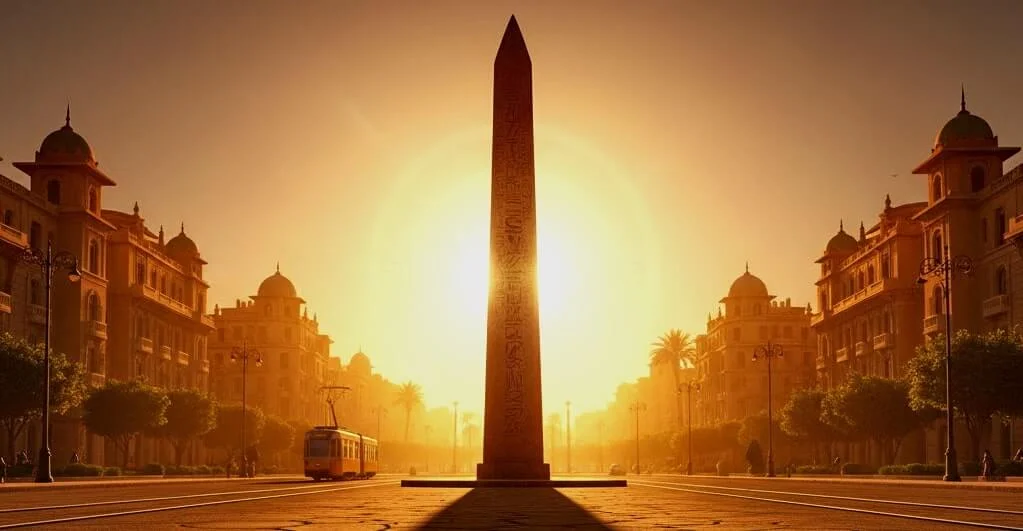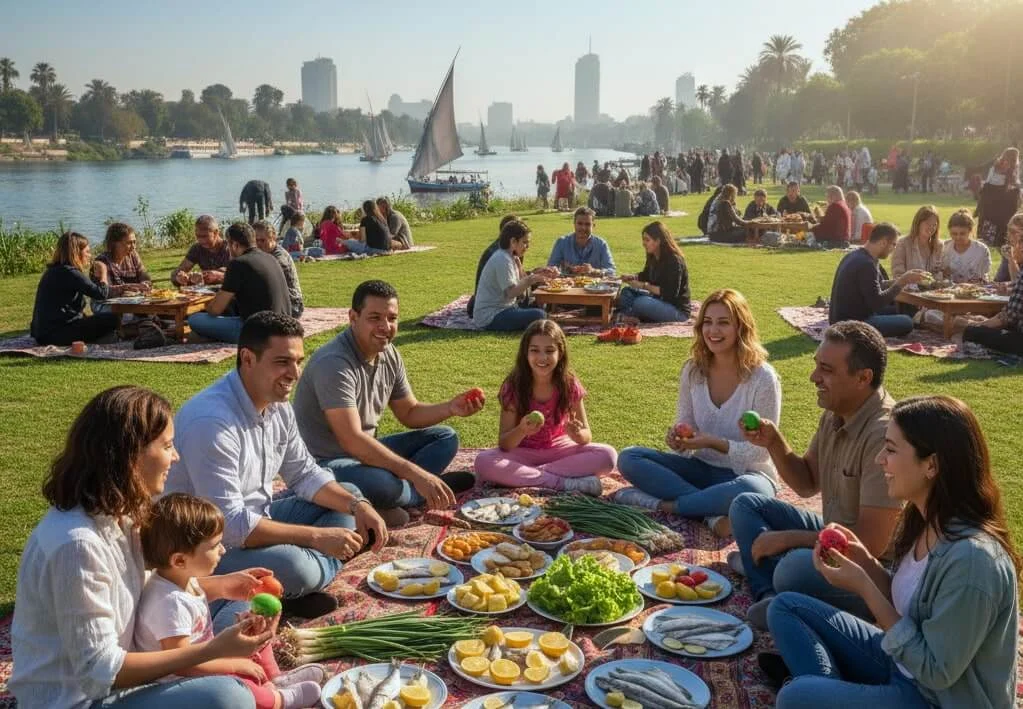The Waterwheels of Fayoum
Long before you see them, you hear them. A rhythmic, haunting groan that echoes through the canals—the sound of wood turning against wood, powered by water, just as it has for over two millennia. This is the soundtrack of the Fayoum Oasis, and its source is the region’s most iconic feature: the waterwheels of Fayoum.
These are not mere relics. They are over 200 pieces of living, working ancient technology that straddle the canals, testifying to a long history of human ingenuity. In an oasis often called “Egypt’s Garden,” these wheels are the heart, pumping life-giving water to the fields.
Key Takeaways: The Fayoum Waterwheels at a Glance
- What Are They? A system of over 200 large, wooden, water-powered wheels that lift water from canals to irrigate farmland.
- How Old Are They? Egyptian engineers during the Ptolemaic time introduced them around the 3rd century BCE, making them over 2,000 years old.
- Why Are They Special? Unlike the animal-powered “Sakia,” the canal’s current drives Fayoum’s “Taboot” wheels entirely.
- Where Can I See Them? Key sites include the “Famous Seven” on the Bahr Sinnuris canal and the city center of Fayoum.
- The “Crying” Sound: Their famous creaking and groaning sound is a signature of the region, caused by the wooden gears and axles turning.











